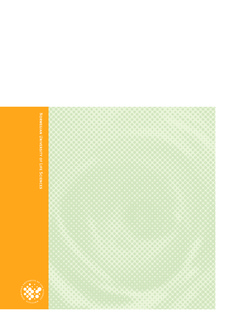| dc.description.abstract | This study examines the impact of caste on slum communities’ access to urban land in Bangalore, India. Historically, pattern of land ownership in India was inextricably melded together with caste wherein the dominant castes owned land and excluded Dalits from land access. Slums can be seen as primarily an urban land access issue. A majority of slum residents in Bangalore are Dalits though they form a minority in the overall population. The study adopts a Social Exclusion paradigm to understand the process through which the social, economic and political institutions of caste exclude Dalits from urban land access.
I have followed a qualitative case study design and adopted Dalit standpoint epistemology. The data collection was done through semi-structured interviews with Dalit activists and slum residents. I also collected data from various government departments using the Right to Information (RTI) channel.
This study argues that slums are the urban manifestation of the caste system and a continued chapter in the historical landlessness of Dalits resulting from the exclusion of Dalits from property ownership, socio-economic capital, city planning and political power. Caste system manifests itself in urban India in terms of caste segregation, institutional inequalities in access to resources, inherent caste-bias in city administration and Dalit labour exploitation. The socio-economic capital of the dominant castes, gained through their control on land, instruments of production and education, helps them in their access to urban land. The exclusion of Dalits from gaining this socio-economic capital severely restricts their access to urban land. The modern State institutions of Democracy, Judiciary and Legislature haven’t been able to correct the caste-based structural inequality in access to resources, including urban land, as they are controlled by the dominant castes. Neo-liberal urban governance is diluting the social justice provisions of the Constitution and further weakening the urban land access of Dalits.
Dalit communities’ urban land access is restricted to the marginal low quality land in slums. Here too there is no security of tenure as undeclared slums can be demolished anytime and declared slums can be uprooted to the outskirts of the city. This uprooting destroys the organic relationship the slum residents build with their land and adversely impacts their livelihood, education, health and life itself. The low-cost housing through the Public Private Partnership model further reduces the already miniscule land share of Dalits in cities.
The landlessness of slum communities correlates with their Dalit identity. Therefore, the strategy of employing Dalit identity in slum communities’ land struggle is emerging in Bangalore. Dalit identity has a semblance of political and mobilisation powers that should be used in the communities’ fight against landlessness. Demand for implementation of the Constitution, building knowledge and Dalit consciousness and forming alliances of various Dalit movements would strengthen the urban land access movement of Dalits. | no_NO |
